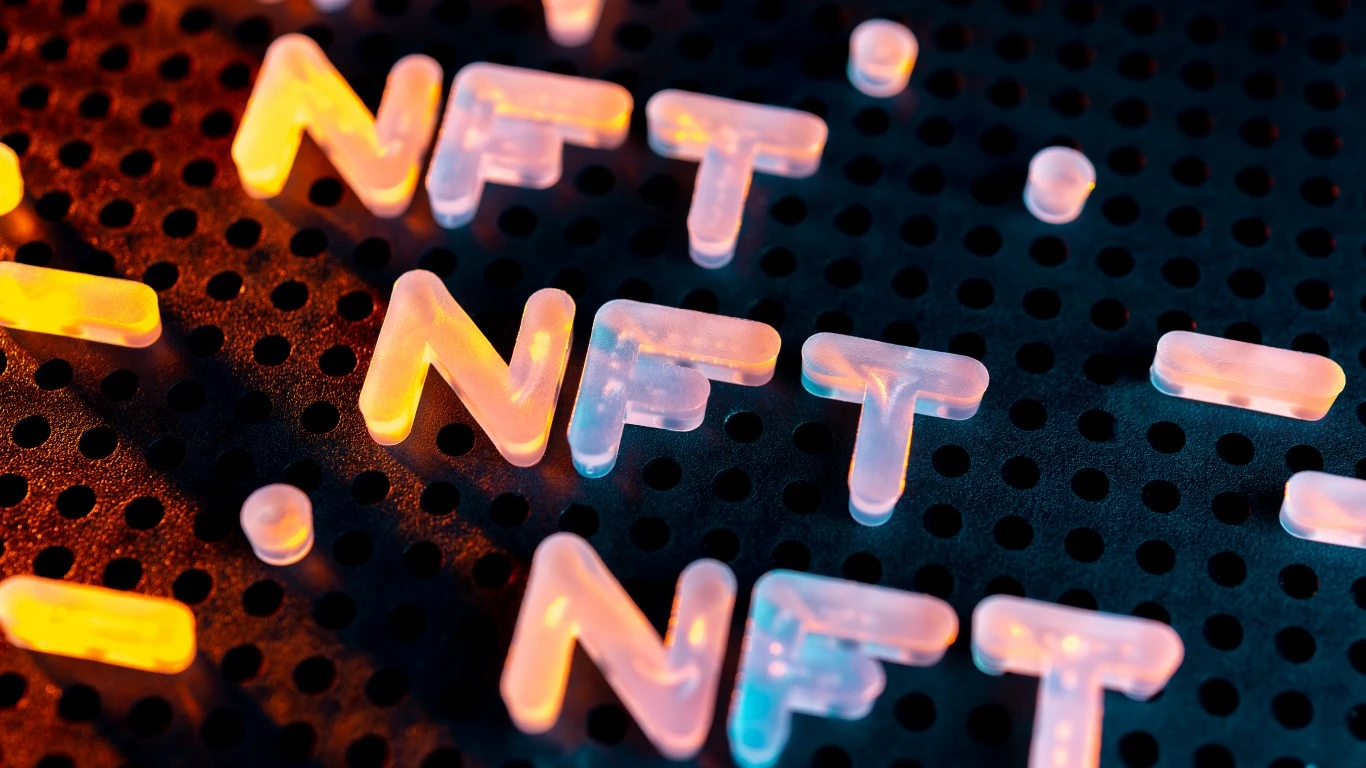
Currently worth over $3 trillion, the crypto market stores an incredible amount of valuable assets in its signature blockchain technology. Acting as a giant transparent spreadsheet that’s secured and verified by users across the world, this blockchain technology has great power. Yet with that power comes great… possibility for human error.
With so much money changing hands digitally, without the oversight of a central authority, accidents can happen. And millions can be lost in an instant with a single typo. Welcome to Web3, the third phase of the Internet, where one downside is that simple mistakes can cost you dearly when your assets disappear into the void or another person’s digital pocket forever.
Accidental Crypto Sales on the Rise
More and more stories of accidental sales as a result of mistaken “fat finger slips” have emerged with the rise in crypto popularity.
For example, in January, a Bored Ape Yacht Club NFT sold for just one-hundredth of the price because the seller put a decimal in the wrong place. A bot instantly snapped it up and relisted it at a huge profit. There’s the story of someone listing their CryptoPunk NFT for $19,000 instead of $19-million. Or someone selling another NFT for 99 wei instead of Ethereum, which resulted in a $200,000 loss.
And it’s not just users—major companies can be susceptible to these mistakes as well. In 2019, leading stablecoin company Tether accidentally doubled their coins supply, with a value of $5 billion in coins. Or there was the time when crypto lender BlockFi accidentally sent their users 700 bitcoin rather than $700 in May of 2021. Afterward, BlockFi asked users to return the funds and covered the loss with their reserves.
No Recourse for Errors
This problem isn’t unique to crypto. Any time you’re digitally transferring money or buying products online, there’s a risk of a typo. Moreover, mistaken sales can happen with traditional finance stocks, too. For example, you might have heard of the Japanese trader who almost singlehandedly bought over half of Toyota’s stock in 2014.
However, in typical markets, when you make a purchase, you have the protection of overseeing companies that can issue refunds or rectify your account in the case of a mistake. The beauty of decentralized finance can be a painfully expensive curse in the case of mistakes. Since there’s no intermediary to reverse a transaction, you have to rely on the receiving party’s goodwill if you make a mistake.
Blockchain code is just too fast, efficient, and independent to forgive human error. Bots don’t have mercy, and often opportunistic sellers don’t either. And with no mechanism to protect users from their own mistakes, “what’s done is done.”
That’s not even taking into account the issue of intentional theft. In addition to accidents and “bad Samaritans” who don’t return funds, crypto theft is always a risk to even the biggest names in blockchain.
Lost Logins Mean Lost Digital Assets
Accidental sales are one issue. Another issue is that, due to how crypto wallets are designed, once the keys to the wallet are lost, the assets within them are gone forever.
This problem is common enough that there’s a term for it in the crypto world: “burned” assets. The term refers to the assets lost by accidentally sending crypto to an inaccessible wallet.
There have been high-profile instances of this happening, including a notable art museum in Germany, the ZKM Centre for Art and Media. Last year, the museum accidentally burned two Cryptopunks, currently the #10 NFT worldwide. These two NFTs are now permanently lost because they were sent to an inaccessible crypto wallet just due to a copy/paste number error.
Lost But Not Forgotten?
In this case, the ZKM museum’s software programmer, Daniel Heiss, found the result of the mistake to be an interesting commentary on art in the age of blockchain. As the museum didn’t plan to sell the NFTs, the mere idea of the museum’s NFTs does carry some value after they’re gone. This is a unique silver lining that’s distinct from physical art theft or loss.
To capture these permanently-archived NFTs, there’s a digital catalog project called the Dead NFT Gallery. Created in September 2020, Dead NFT Gallery displays NFTs which can never be owned again and are thus “dead,” which is a unique aspect of the world of blockchain sales. It currently has 38 NFTs in the gallery.
Preventing Errors and Theft
So, other than double and triple-checking yourself, what can you do to avoid these human mistakes?
Reducing this risk comes down to preparedness, secure design, and yes, double-checking your actions. Otherwise, if a DeFi protocol isn’t designed to prioritize security against the most devious hacker, multimillion-dollar thefts can and do happen. For example MonoX Finance, a blockchain startup lost $31 to a hacker who exploited a bug in their smart contracts software.
“These kinds of attacks are common in smart contracts because many developers do not put in the legwork to define security properties for their code,” said Dan Guido, an expert in smart contracts security.
To root our loopholes, programmers can write certain safeguards into their blockchain code. For example, thanks to the community-driven nature of crypto, there’s a ton of code online that allows programmers to build in tried-and-true “emergency stops” or other protective measures to their smart contracts. Additionally, there’s a wide variety of software that will allow users to test out their code before launching it to work out bugs.
These measures can help prevent theft as well as reduce its impact when it does happen.
All in all, crypto presents interesting challenges to human users navigating its webs. Over time, security measures will only continue to develop, to protect crypto holders both from malicious users and their own costly human errors.
Originally published at Wealth of Geeks
Sponsored: Find a Qualified Financial Advisor
Finding a qualified financial advisor doesn’t have to be hard. SmartAsset’s free tool matches you with up to 3 fiduciary financial advisors in your area in 5 minutes. Each advisor has been vetted by SmartAsset and is held to a fiduciary standard to act in your best interests. If you’re ready to be matched with local advisors that can help you achieve your financial goals, get started now.






